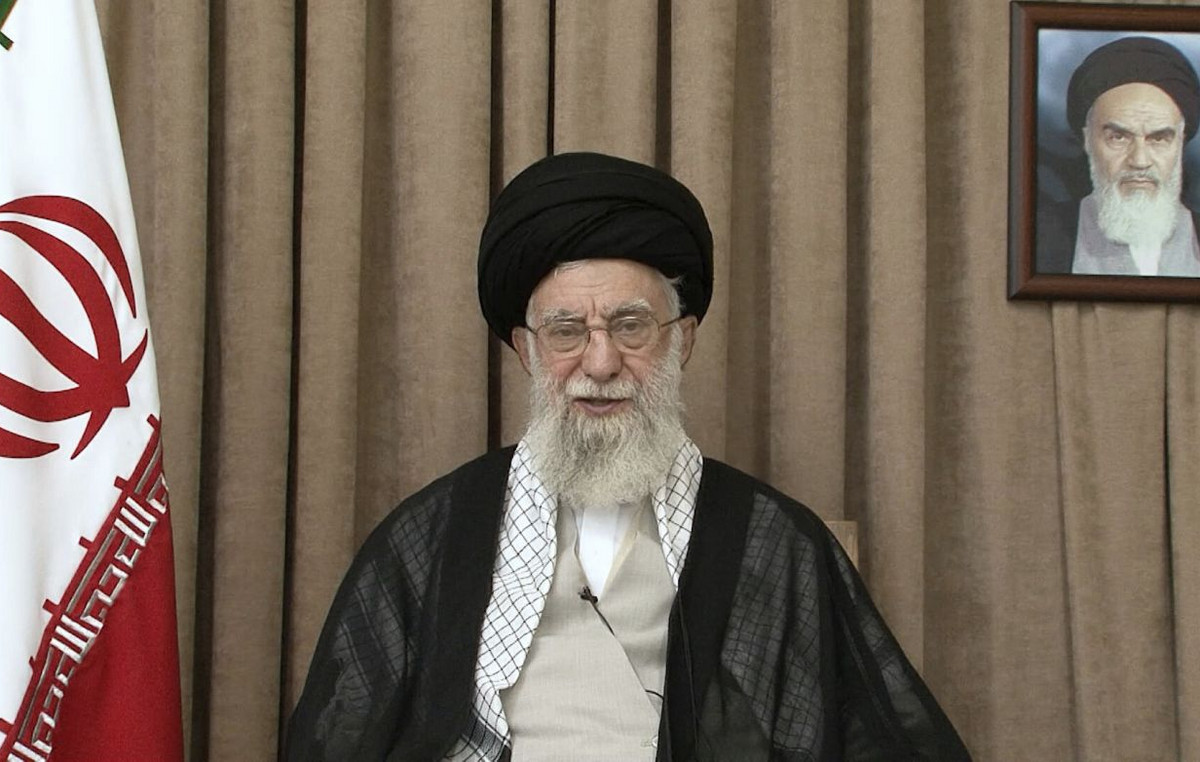The month of November was marked by heavy rains, falling trees and a lack of electricity in São Paulo. In a domino effect, more than 2 million people in São Paulo were left without electricity and eight people died as a result of the storm on the 3rd. A new blackout was recorded as a result of the storm this Wednesday (15), when more than 120 trees fell in the Big Sao Paulo.
The fall of trees on wiring, on public roads and on properties, according to energy supply concessionaires, was the main reason for the suspension of services.
Over the years, governments have presented projects to census tree conditions. The last study by São Paulo City Hall lasted two years and was discontinued without presenting the mapping.
In 2019, the City of São Paulo entered into a partnership with the Institute for Technological Research (IPT) to diagnose the health and risks of falling trees in the municipality. However, the Municipal Secretariat for Green and Environment told CNN that “the project was formally closed on December 31, 2021 and with no final results indicated as it was discontinued due to the pandemic”.
Before the IPT census, another project was implemented in September 2015, the Intensive Tree Management Plan (PIMA), which brought together a technical group to prevent occurrences during rainy periods and reduce the risk of falling trees in the city. from Sao Paulo.
PIMA lasted just over three months and operated in eight of the 32 sub-prefectures in the capital of São Paulo, with an investment of R$4 million.
In September 2020, São Paulo City Hall launched the Municipal Urban Afforestation Plan (PMAU), lasting 20 years, to improve management and create a participatory management system for the city’s trees. The plan, which has a review period every five years, has not yet shown results.
“PMAU has 170 actions distributed across 5 themes and 42 are being implemented. The first action of the plan is to contract the tree inventory. We have a group drafting a term of reference to hire him and another working group, which is being formed, to draw up an emergency plan for fall risk analysis”, explains PMAU coordinator, Priscilla Cerqueira.
Technology
In addition to the lack of actions taken by the PMAU, the technology used by the city hall to manage trees is outdated. SISGAU, Integrated Urban Tree Management System, was created in 2004 by IPT, through a contract with the Municipal Secretariat for Green and Environment. This is the main tool for registering and managing the city’s afforestation, according to the official document of the Municipal Urban Afforestation Plan.
According to the same PMAU document, in addition to the difficulties with slowness and practicality, the system “does not define the risk factor of the specimen with guidance on handling”.
The Plan coordinator states that a new technology is already under development. The Afforestation Management System, or SISARB, began to be developed in February this year and completion is scheduled for February 2026.
“Prodam, an Information and Communication Technology Company from the Municipality of São Paulo, is already developing the new system and it will serve not only as an inventory database, but also to provide management recommendations and how it will be carried out” .
IPT biologist and researcher, Sérgio Brazolin, highlights the importance of these studies for preventing tragedies like those experienced in recent weeks, especially with the imminent emergence of new extreme weather events, according to the expert.
“Management and preventive plans must be carried out to remove trees that have defects such as cavities, termites and those that are falling over, and this must be done before summer. What we observe is that winds and these extreme events will be more frequent from now on. You need to be aware of this and organize yourself for this”, says Brazolin.
State project
The government of São Paulo has been carrying out research since 2018 to define how to use artificial intelligence to monitor and identify deficient trees in the state. The “Institutional development plan in the area of digital transformation: advanced manufacturing and smart and sustainable cities”, carried out in partnership with IPT, has been in force since May 2018, until March 2024.
Sérgio Brazolin, who is part of the project, explains that there are two fronts of the initiative. The first is the possibility of taking photos of the trees and, through the images, identifying the probability of risk of ruin. The second is the installation of sensors that measure the tree’s displacement in the wind, to establish its level of rupture. Real-time management would be carried out by sending data to city halls, using AI.
Fapesp, the São Paulo State Research Support Foundation, which finances the initiative, foresees an investment of R$120 million.
“We are still in the research phase, but the sensors can be used to monitor trees, this is an excellent answer. But it still needs to be put into practice. There are also indications that artificial intelligence has a good possibility of monitoring urban afforestation”, shares Brazolin about the partial results of the project.
Consequences
The professor at the Forestry Sciences department at the University of São Paulo, Demóstenes Silva Filho, states that the risk of falling trees in the city is neglected. “At this time when more rain begins, we will encounter more accidents. It is always an immediate action when a storm happens. Climatic events are punctual and predictable”, says the forestry specialist.
Just during the rains last Wednesday (15), the São Paulo Fire Department received 122 calls for falling trees in the capital and the metropolitan region within a period of six hours. Between the 3rd and 5th of November, firefighters were called to 2,386 incidents of this type.
The City Hall also stated in a note that the Green and Environment Secretariat carried out a mapping of the municipality’s vegetation in 2023, something that had not occurred since 1988, and will soon be made available on GeoSampa – the city’s digital map.
Under the supervision of Elis Franco and Bruno Laforé
Source: CNN Brasil
I’m James Harper, a highly experienced and accomplished news writer for World Stock Market. I have been writing in the Politics section of the website for over five years, providing readers with up-to-date and insightful information about current events in politics. My work is widely read and respected by many industry professionals as well as laymen.







